Editor’s note: This article was originally published on October 30, 2020. It has been updated to include the video embedded at the top of the page.
The Google Pixel 5 is a great buy if you’re after a solid camera phone that won’t break the bank. However, with more hardware side-grades than upgrades this year, it’s not entirely obvious whether a new purchase is worthwhile. Perhaps Google’s legendary camera package is the most compelling reason to buy the latest model.
For today’s camera shootout, we’re looking at three generations of Google flagship smartphones. The Pixel 3, Pixel 4, and the latest Pixel 5. Google hasn’t changed its main camera lens over the past few years but has experimented with additional cameras as well as new software. So, let’s see what’s changed over the generations.
Feel free to check out the full-res images from this shootout yourself at this Google Drive link. For a look further back, be sure to check out the video above where we test the Pixel 5 camera against the OG Pixel!
More Pixel 5 camera shootouts:
- Google Pixel 5 tested vs the best Android camera phones
- Google Pixel 5 vs OnePlus 8T
- Google Pixel 5 vs Samsung Galaxy S20 FE
Camera specs
| Google Pixel 5 | Google Pixel 4 | Google Pixel 3 | |
|---|---|---|---|
| Rear cameras | Main: 12.2MP Dual-Pixel PDAF, f/1.7 aperture, 1.4μm pixels, OIS, EIS. Ultra wide: 16MP, f/2.2, 1.0μm, 107-degree FOV. |
Main: 12.2MP Dual-Pixel PDAF, f/1.7 aperture, 1.4μm pixels, OIS, EIS. Telephoto: 16MP, f/2.4 aperture, 1.0μm, OIS, EIS, PDAF. |
Main: 12.2MP, f/1.8, Dual-Pixel PDAF, 1.4µm pixels, OIS |
| Rear video | Up to 4K@60fps. | Up to 4K@30fps | Up to 4K@30fps |
| Front cameras | 8MP sensor, f/2.0, 1.12µm. | 8.1MP, f/2.0, 1.22μm. | Main: 8 MP, f/1.8, 28mm focal length, PDAF Wide: 8 MP, f/2.2, 19mm focal length, no AF |
| Front video | Up to 1080p@30fps. | Up to 1080p@30fps. | Up to 1080p@30fps. |
Very little has changed with the main sensor over the years, bar a small tweak to the lens aperture following the Pixel 3. Much more meaningful changes are found in the adoption of a telephoto lens with the Pixel 4, and its replacement with an ultra-wide sensor in the Pixel 5. Google clearly changed its mind on which option gives consumers greater flexibility.
Our verdict: Google Pixel 5 review
The front cameras have changed somewhat too. The Pixel 3’s dual selfie camera setup was dropped for a more standard semi-wide angled main camera in the Pixel 4. This idea has stuck around in the Pixel 5, albeit with a fractionally smaller sensor in the latest iteration.
As an aside, all three of the handsets have been updated to run the latest version of Android 11. That ensures that each Pixel handset has the latest camera features available.
Colors and exposure
We’ll start our investigation with the three basics. Color, exposure, and white balance.
Google has a reputation for accuracy in this category, and we observe that all three phones are indeed similarly exceptional. All three balance exposure very well, with no obvious clipping or blocky shadows. As expected, the results here are very good across all three phones.
Very close inspection reveals slightly more saturation in the Pixel 5 in the first shot, while the Pixel 4 is a little more yellow and less orange. Meanwhile, the Pixel 3 pumps up the colors a fraction more in the second example. Comparatively, the Pixel 5 is much more reserved. In this second shot, the Pixel 4 is virtually indistinguishable from the 5, bar the slightly warmer grass tone. There are small, subtle changes on a shot by shot basis, but nothing major.
Our second batch shows similar results. However, the tricky HDR nature of the first image produces some more noticeable differences to the white balance and exposure. This is a slightly zoomed-in shot, and it appears that the telephoto camera on the Pixel 4 ends up with the best exposure and colors although the white balance is greener than the other two.
Colors and white balance change subtly from scene to scene, but they're all very similar. At least outdoors.
Colors and exposure are a carbon copy between all three in the second image. The only subtle differences can be found in the white balance. The Pixel 4 is warmer this time around, and there’s a slight highlight clip on the distant wall. Meanwhile, the Pixel 5 is slightly cooler in the greens, but the brown/grey stone has a red tint. This warmer tint is noticeable in many of the Pixel 5’s shots later on too.
This last set of examples looks at white balance with indoor lighting. There are far more obvious discrepancies here. Especially as the lighting in all three shows is supposed to be identical. The Pixel 3 is clearly too yellow in the first sample, but virtually a match for the Pixel 5 in the second. The Pixel 4 is cooler in the first but warmer in the second, while the Pixel 5 overcorrects the warm lighting just a tad. The level of variety here is rather odd, but it’s the Pixel 5 that produces the most consistent and best-looking results.
Related: Photography terms explained — ISO, aperture, shutter speed, and more
Overall, all three have virtually identical takes on color processing and exposure, as you’d expect of three Google phones. There are subtle differences from shot to shot, but no phone is consistently more saturated or warmer than the others. White balance showcases the biggest difference indoors. There’s only one obvious trend I can identify here. Google’s Pixel 5 prefers a more conservative approach to white balance and produces the best yellow light correction.
HDR processing
High dynamic range (HDR) processing is the linchpin of Google’s photography smarts. It is therefore worth taking a closer look to see how things have changed over the years. The Pixel 3 is the only one of these three to offer configurable HDR, with its HDR+ and HDR+ Enhanced toggles. I left it set to the latter. The Pixel 4 and Pixel 5 are locked to auto-HDR, although the Pixel 5 has a new HDR Bracketing technique as of its October update and 8.0.018 camera app, which we have installed.
The first batch highlights the key difference very well. Note how the Pixel 3 actually extracts more color from the sky than the other two. The phone takes a little longer to process, but seem to work harder to avoid highlight clipping. As a result, the older Pixel 3 ends up with a higher dynamic range in both of these shots. The Pixel 5’s HDR Bracketing technique clips less than the 4 in these two shots, but it’s a more subtle difference. The color processing is otherwise virtually identical between the three. Talk about a surprise result.
The Pixel 3 has the strongest HDR effect, while the Pixel 5's HDR Bracketing offers a small improvement over the Pixel 4.
However, the Pixel 3’s approach doesn’t always work quite so well. The handset’s focus on avoiding highlight clipping ends up slightly underexposing the above HDR scenario. It’s still a good picture overall, however. Meanwhile, the Pixel 4 is a tad too bright and green. The Pixel 5 showcases the best balance of color and exposure overall.
Google clearly revised its approach to HDR processing after the Pixel 3, but it’s a case of trade-offs rather than outright improvements. The older phone has the strongest HDR effect, particularly in overcast scenarios. Nevertheless, it doesn’t always end up with the right exposure and takes a while to process. HDR is very similar between the Pixel 4 and 5. The latter handles highlights better and produces slightly better colors, however.
Cropping in on details
With color and exposure very similar across the three phones, perhaps there are bigger differences and improvements made in the detail department. To find out, we’re going to look at some 100% crops, rather than full-frame images.
Again, the differences, if any, are very small. The Pixel 3’s HDR+ feature produces more vivid colors and a brighter exposure in the first shot. However, all three phones have very similar levels of noise, which is particularly noticeable on the shadowed flower stems. The second shot is again very similar between all three phones, with the same level of detail observable on the brickwork. However, the Pixel 4 and Pixel 5 appear slightly clearer when looking at the concrete road and hedge. That’s a slight win for the two newer models.
The Pixel 3 is a little noisier than the 4 and 5.
This tricker HDR shot, with more shadow elements, highlights a bigger difference. The Pixel 3 clearly produced the noisier result when peering into the shadows. The Pixel 4 and Pixel 5 produce roughly the same level of details on the hay and corrugated iron walls. They are definitely better than the Pixel 3. Although again, you have to look extremely closely at these images to make out the differences.
Full-frame details are very hard to distinguish between all three and there are occasional noise issues with all of the handsets. The Pixel 4 and Pixel 5 perform marginally better with fine details, although it’s definitely not a night and day difference.
Photography after dark
Google excels at low light photography, as is evident from the six images above. All three phones hand in excellent colors, details, and reasonable noise levels in low light. It’s really impressive how much color these tiny main sensors capture with very little light. Night Sight continues to be one of the best in the business, even on the older Pixel 3.
Again, there are some subtle differences to the white point between the three, more so in the potted plant image. The Pixel 3 is also a fraction noisier, but it’s very hard to notice at full frame. Even in low light, they’re more alike than they are dissimilar. All three take some of the best-looking low light shots in the business.
Taking the lights down very low doesn’t yield a huge difference either. Again, white balance is the most noticeable discrepancy, but they’re very close. The Pixel 4 is a tad too warm here, but all three shots are very similar in their overall presentation. Cropping in reveals more noise on the older Pixel 3, but the Pixel 4 and Pixel 5 are harder to separate.
I really thought we’d see a bigger difference between the three phones in low light.
Bokeh and portraits
Another of Google’s software tricks is bokeh blur for portrait shots. The key things to look at here are differences in the quality of the blur and edge detection of complex edges.
With reasonably simple subjects, all three offer good edge detection although there are noticeable artifacts on the edges of the white box in all three images. However, it’s the reflective surface that causes the biggest problem for all three Pixel phones. Google’s algorithm doesn’t distinguish it from the background. The on/off rather than rolling application of bokeh over-blurs the details in the reflections (such as Bender’s legs).
The blur quality is good across all three phones, but all have the same pitfalls when it comes to tricky surfaces.
Moving onto portraits, there are much more noticeable differences. Especially in terms of skin tone and textures. Details are pretty much the same across all three, although the Pixel 5’s skin texture is blockier and rougher than the others. The Pixel 3 provides a more conservative natural skin tone. The Pixel 4 is the most saturated, while the newer Pixel 5 opts for a warmer, red-ish skin tone.
When it comes to bokeh, all three have some problems with edge detection around loose hairs. Although the Pixel 3 struggles the most, with notable issues blurring the foreground and pushing hairs into the background. That said, the results aren’t too bad and you have to crop in to really notice the artifacts. The Pixel 4 and 5 are a little better, but neither captures the rough edges of the hairline accurately. Changes that Google has made to its portrait mode over the years affect face textures and colors more than the quality or accuracy of the bokeh blur.
Zoom vs wide-angles
There aren’t any major differences between three generations of Google’s main sensor, but there are bigger implications for scenarios where you’d want to use the Pixel 4’s telephoto or the Pixel 5’s ultra-wide cameras. Let’s start with image quality when zooming in.
Sticking with the trend of this shootout, there’s a minor difference in full-frame image quality at 2x. Cropping in reveals a small detail advantage for the Pixel 4’s 2x telephoto camera, but it’s not big enough to worry about. Zooming into 4x begins to show a bigger advantage for the Pixel 4’s zoom hardware. Fine details, such as tree leaves, hold up better even at full frame. Extending to 6x widens this gap, with the Pixel 3 and 5 producing a heavily processed look that’s light on any real detail.
 Pixel 4 - 3x zoom 100% Pixel 5 - 3x zoom 100%
Pixel 4 - 3x zoom 100% Pixel 5 - 3x zoom 100%
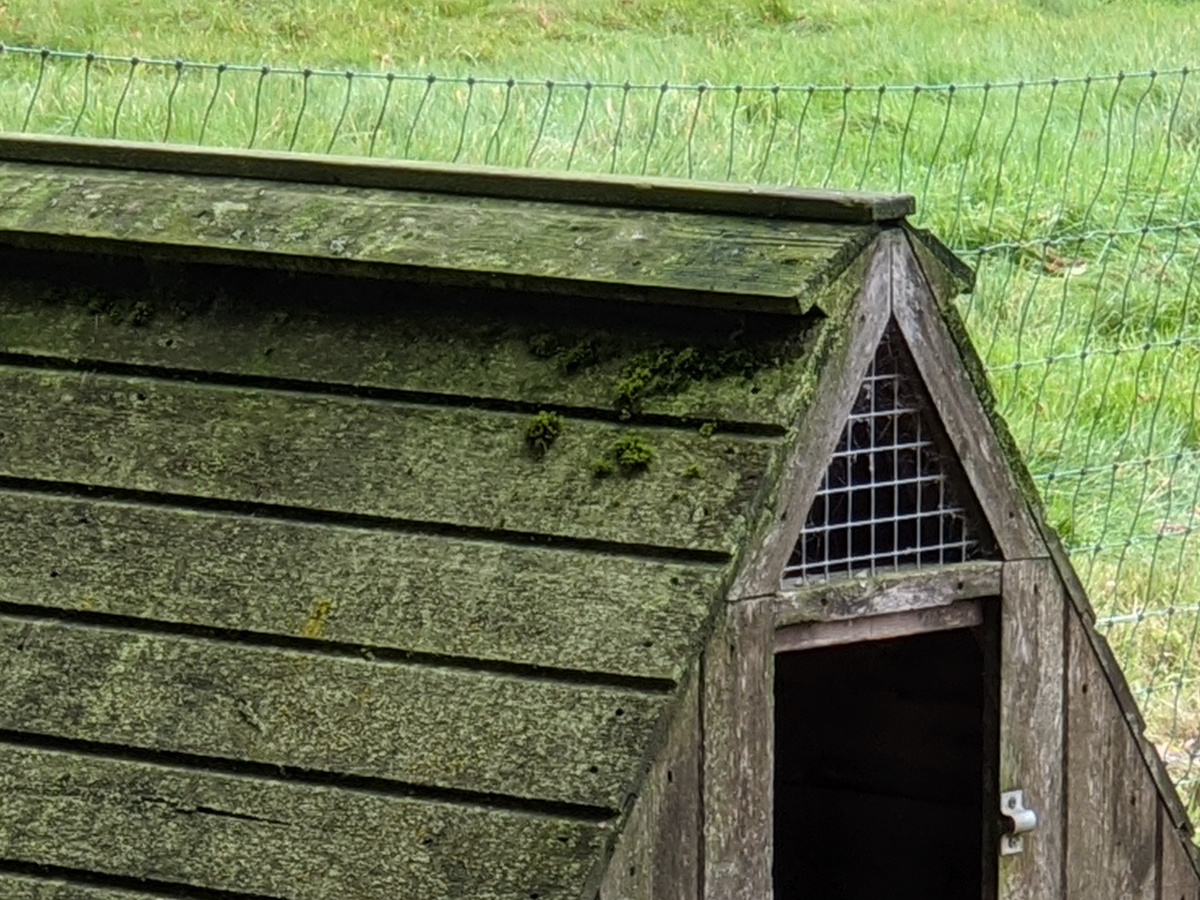
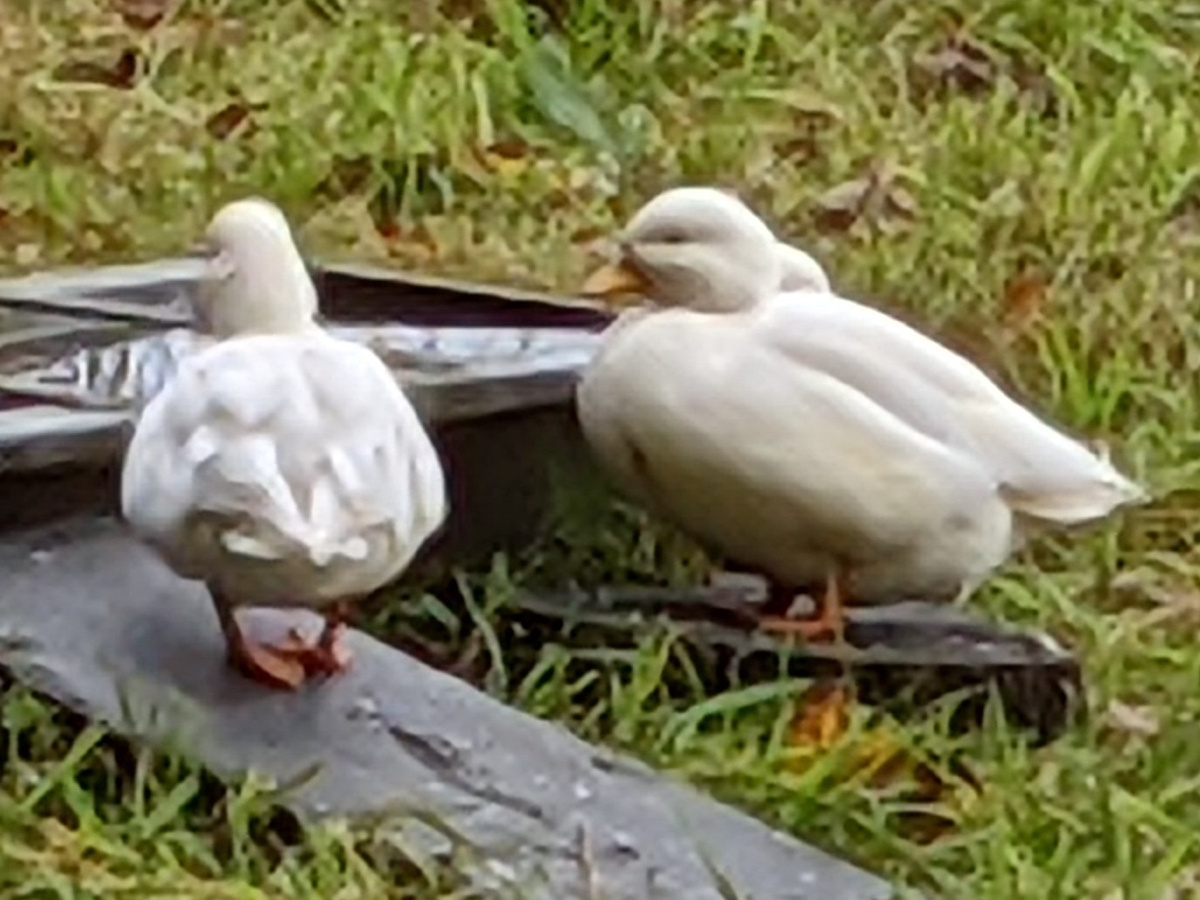 Pixel 3 - 7x zoom 100% Pixel 5 - 7x zoom 100%
Pixel 3 - 7x zoom 100% Pixel 5 - 7x zoom 100%

Broadly speaking, the inclusion of dedicated hardware makes a decent difference to the Pixel 4. Particularly when it comes to fine details and longer zoom distances. The Pixel 3 and Pixel 5 rely on software zoom and are much closer in quality as a result. Yet, the newer Pixel 5 appears a fraction cleaner at extreme distances. For a closer look at Super Res Zoom, check out the article below.
Read more: Google Pixel 5 zoom test: Is Super Res Zoom enough?
The Google Pixel 5’s ultra-wide lens is a boon for fitting more into the scene. It’s certainly not the widest lens on the market, but it provides a decent enough step back from the standard main camera to be useful. Combined with Super Res Zoom that’s usable up to about 3x, the Pixel 5 is a flexible enough shooter for most scenarios.
 Google Pixel 4 - 1x Google Pixel 5 - wide-angle
Google Pixel 4 - 1x Google Pixel 5 - wide-angle
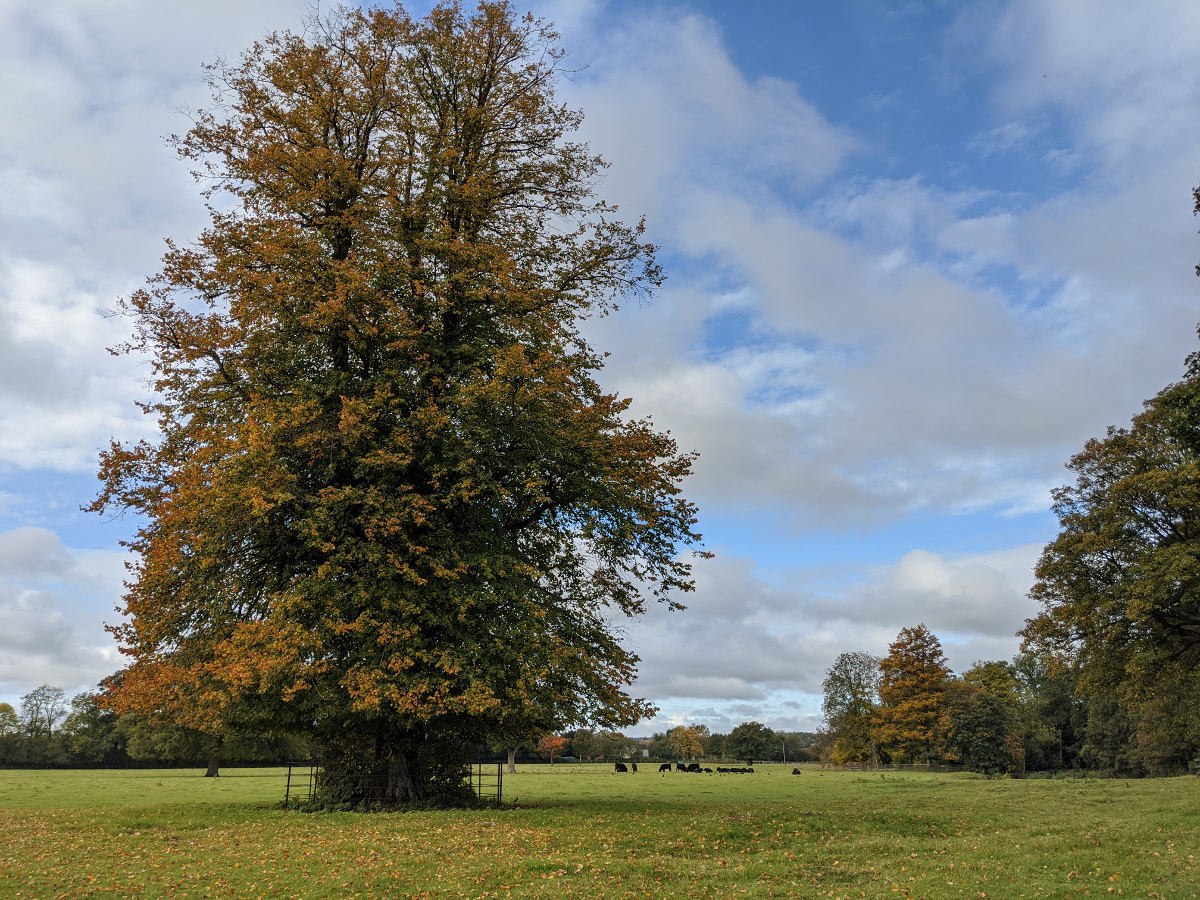
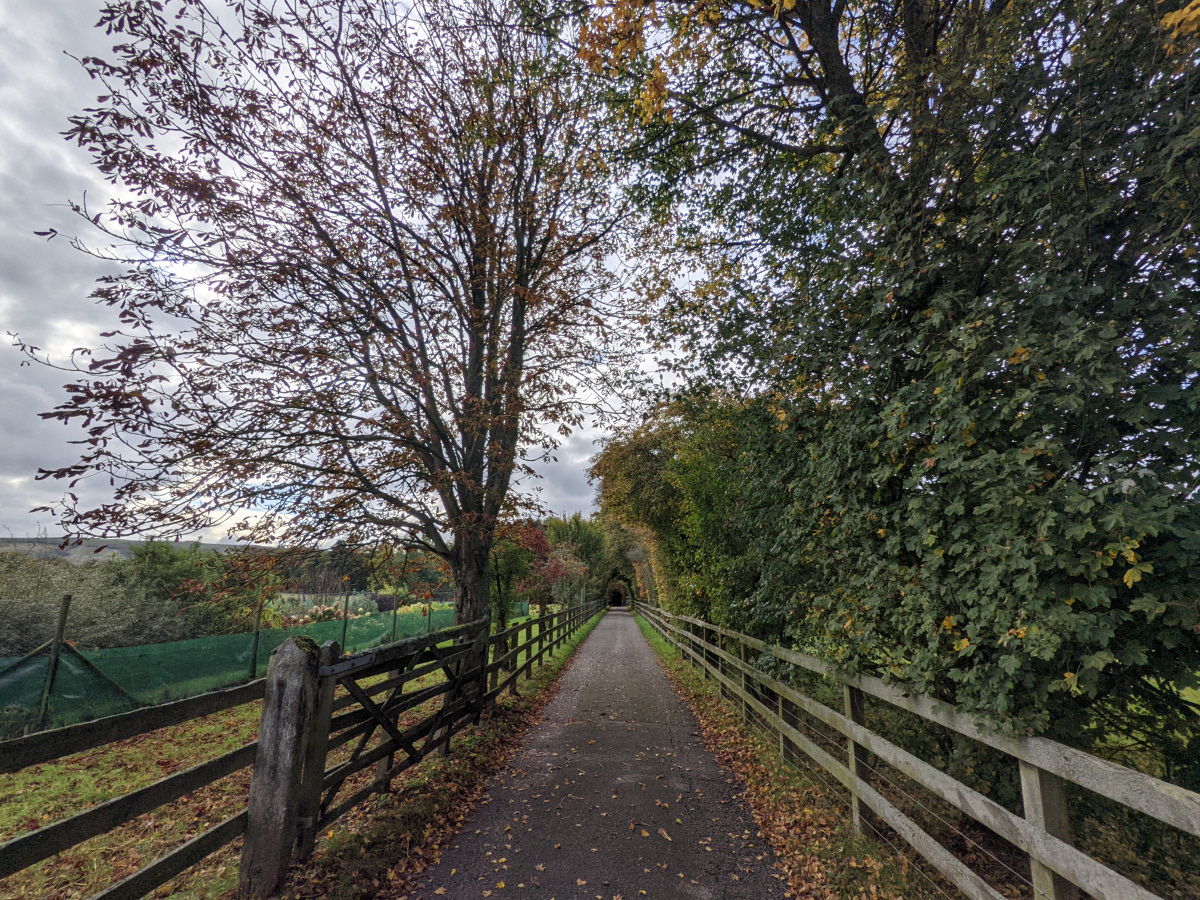 Google Pixel 4 - 1x Google Pixel 5 - wide-angle
Google Pixel 4 - 1x Google Pixel 5 - wide-angle
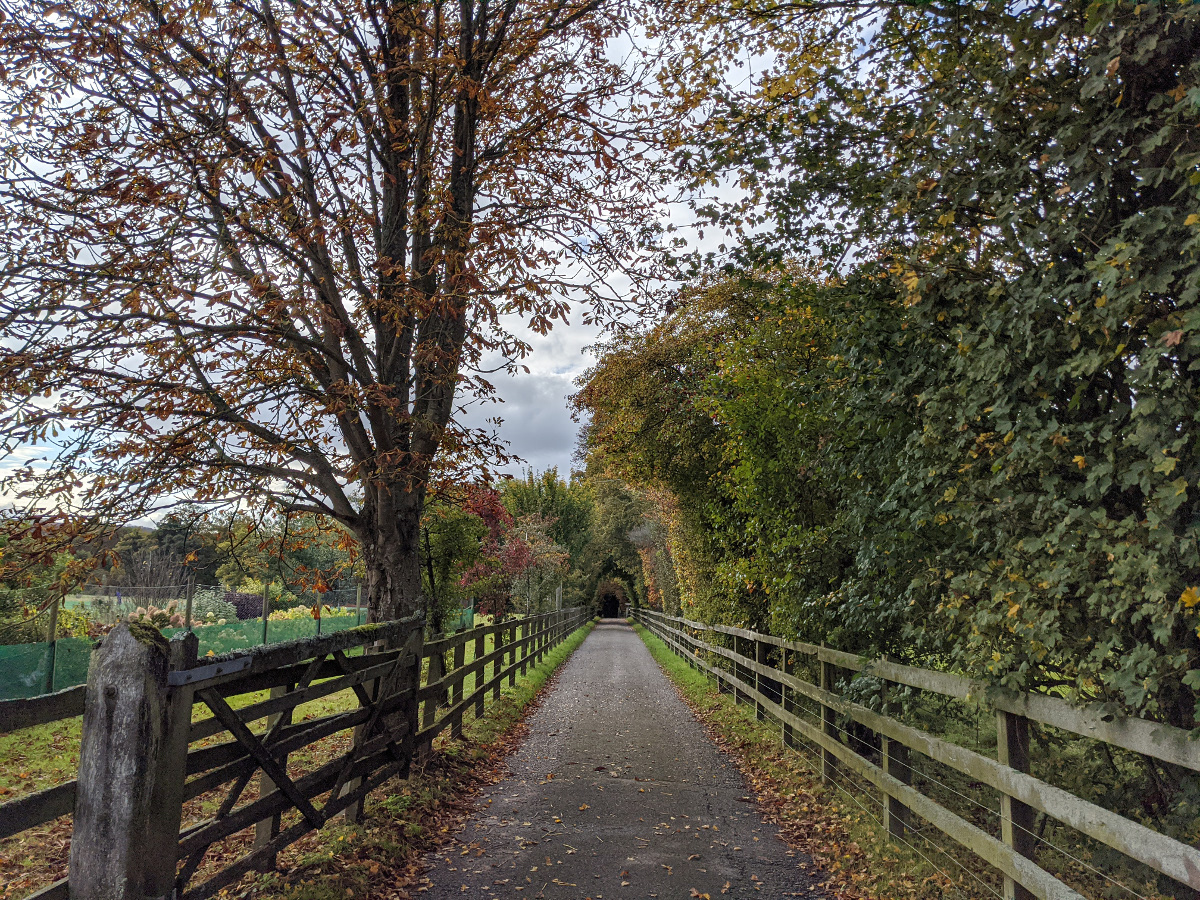
However, the lack of wide-angle autofocus produces results that aren’t particularly sharp. Fine details closer up or at a distance appear blurry if you crop in. This isn’t obvious on a phone screen but it is when enlarging or printing an image. Color grading and white balance also diverge noticeably from the main sensor. The first example showcases warmer, more vivid colors, while other examples I’ve taken look more washed out than the main sensor. It’s still a decent ultra-wide camera for the price, but certainly not the best in the business.
In some sense, the small differences in full-frame image zoom quality showcase why Google thought it worthwhile to drop the telephoto zoom. However, the so-so quality of the Pixel 5’s wide-angle lens isn’t quite up to Google’s usual standards, making it a mixed bag. Whether the superior zoom of the Pixel 4 or the wider field of view of the Pixel 5 is better depends on the type of pictures you take the most. What’s definitely clear is that both the Pixel 4 and Pixel 5 offer more flexibility than the single-camera Pixel 3.
Google Pixel 5 vs Pixel 4 vs Pixel 3 camera test: The verdict
![]()
If you’ve struggled to tell these phones apart for much of this shootout, you’re not alone. The differences, if any, between the Pixel 3, 4, and 5 are very small. While this is a testament to Google bringing some of its latest camera features to older phones, it equally suggests that it’s probably time for a hardware upgrade to take the Pixel’s pictures up another level. The Pixel 3 was a great camera back in its day, but competitors have caught up and even overtaken in some regards.
Opinion: It’s time Google updated Pixel camera hardware to match its stellar software
Of course, it would be unfair to characterize the Pixels as having not improved at all over the years. Remember that Google has brought a few of its newer features back to older handsets. Likewise, the Pixel 5 introduced live HDR, Cinematic Pan, low light portraits, and more, for additional shooting and editing flexibility.
Pictures from the last three Pixels look more alike than different.
Despite the camera similarities, there are a few trends to pick out from this shootout. The Pixel 3 produces slightly noisier shots than the other two, particularly in HDR scenarios. Similarly, the Pixel 3’s HDR effect is sometimes stronger than the 4 and 5, working harder to avoid clipped highlights compared to the newer models at the expense of longer processing times. Finally, the Pixel 4’s telephoto zoom produces better details for zoom images, especially at long range. Although it’s hard to spot these improvements at full frame.
But when it comes to small variations in colors and shifts in white balance, I struggle to identify any consistent differences between the handsets apart from the occasional warm/red tint in a few Pixel 5 images. Overall, Google’s approach to processing has remained highly consistent over the past three generations.
I’m calling this one a draw between the fourth and fifth generations, although I do like the extra zoom quality on offer from the Pixel 4. How about you?
 Loading poll
Loading poll
No comments:
Post a Comment